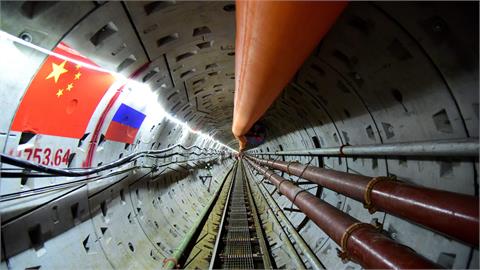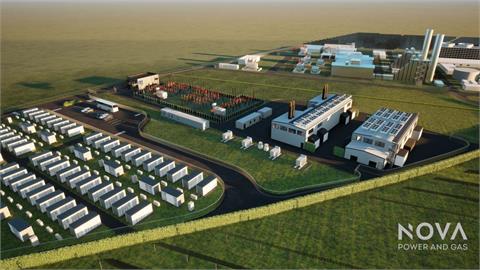Mexico will take the first concrete step towards breaking up its 76-year-old energy monopoly on Friday when Pemex, the national oil company, sends regulators a wish list of fields it wants to keep. Pemex, according to a recent FT report, has said the six-month process – dubbed "Round Zero” in anticipation of the formal licensing rounds to follow – will not be public.
However, the National Hydrocarbons Commission (CNH), the newly beefed-up regulator that will advise the energy ministry on selection of Round Zero prospects and will conduct bidding rounds, expects to publish Pemex’s list, which is certain to be scrutinised by global oil groups. "Round Zero is an excellent opportunity to cherry pick the prospective investment opportunities that best fit their current capabilities, both technical and financial,” said Jed Bailey, managing partner of Energy Narrative, a consultancy.
He expected Pemex would "possibly also include a few areas that are more challenging to them but have great potential for them to learn from partners as they are allowed to develop fields that they retain in partnership with other companies”.
What that means is that Pemex, the world’s biggest shallow-water producer, will be sure to stake its claim to keeping those offshore fields. They include Cantarell, discovered by a fisherman in 1976 though now in decline, and Ku-Maloob-Zaap (KMZ), which together account for half of Mexico’s production.
Deepwater prospects in the Gulf of Mexico are seen as one of the big draws for international oil companies and a chance for Pemex to learn from the experts.
Edgar Rangel, a CNH commissioner, told a conference this month: "I think, as a general rule, that Pemex should have associations in everything in deep-water . . . whatever the stake, but they should be there.”
Pemex is expected to at least seek partners for Chicontepec, also known as Aceite Terciario del Golfo, (ATG), a technically challenging onshore array of dozens of small fields scattered over hundreds of square miles. The CNH has raised concerns about Chicontepec’s profitability and Pemex’s ability to tackle it alone.
I think, as a general rule, that Pemex should have associations in everything in deepwater
- Edgar Rangel, a CNH commissioner
"After Round Zero, we expect that there will basically be three types of assets,” said Pablo Medina, Latin America upstream analyst at energy consultancy Wood Mackenzie.
He listed them as: "The ones Pemex requests and is granted. These will probably be the ones where it has the most experience – i.e. shallow water; second, the ones where Pemex requests to pair up with someone or the CNH tells it to pair up with someone, for example parts of Chicontepec, and extra heavy oilfields in shallow waters; and third, the ones that Pemex relinquishes voluntarily or is told to relinquish by the CNH – these are likely to be marginal fields including mature assets and under-developed fields”.
The energy ministry has until September 17 to rule on Pemex’s wish list, but Lourdes Melgar, hydrocarbons undersecretary, said the Round Zero results might be released as decisions are reached, rather than all in one go in six months’ time, to prevent Pemex’s entire portfolio from being in limbo.
The CNH has said it expects a first bidding round by June 2015. But key issues that will determine Mexico’s attractiveness to investors remain to be defined.
Tax details and national content requirements have to be spelt out in the laws to implement last year’s historic energy reform, due to be presented to Congress in the coming weeks.



